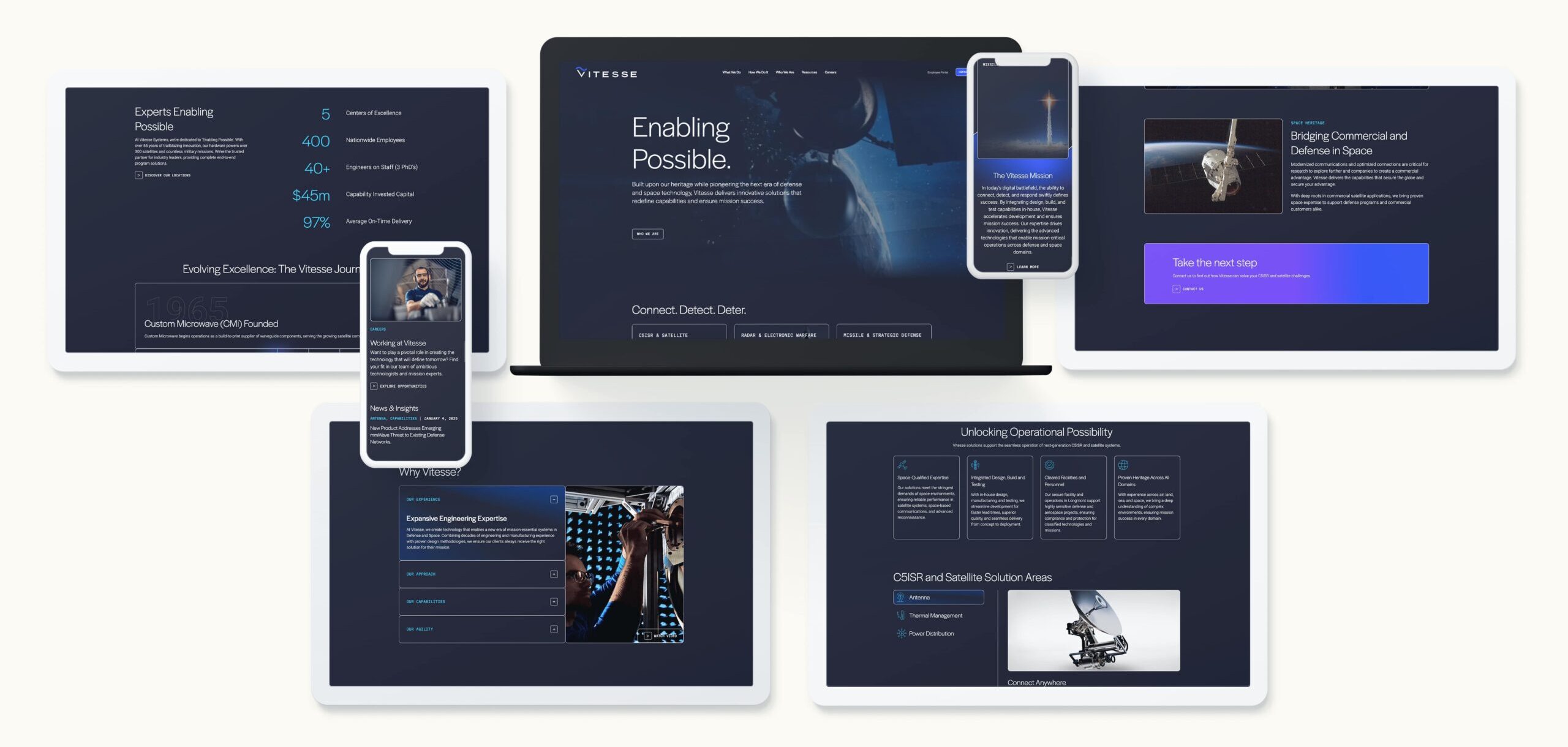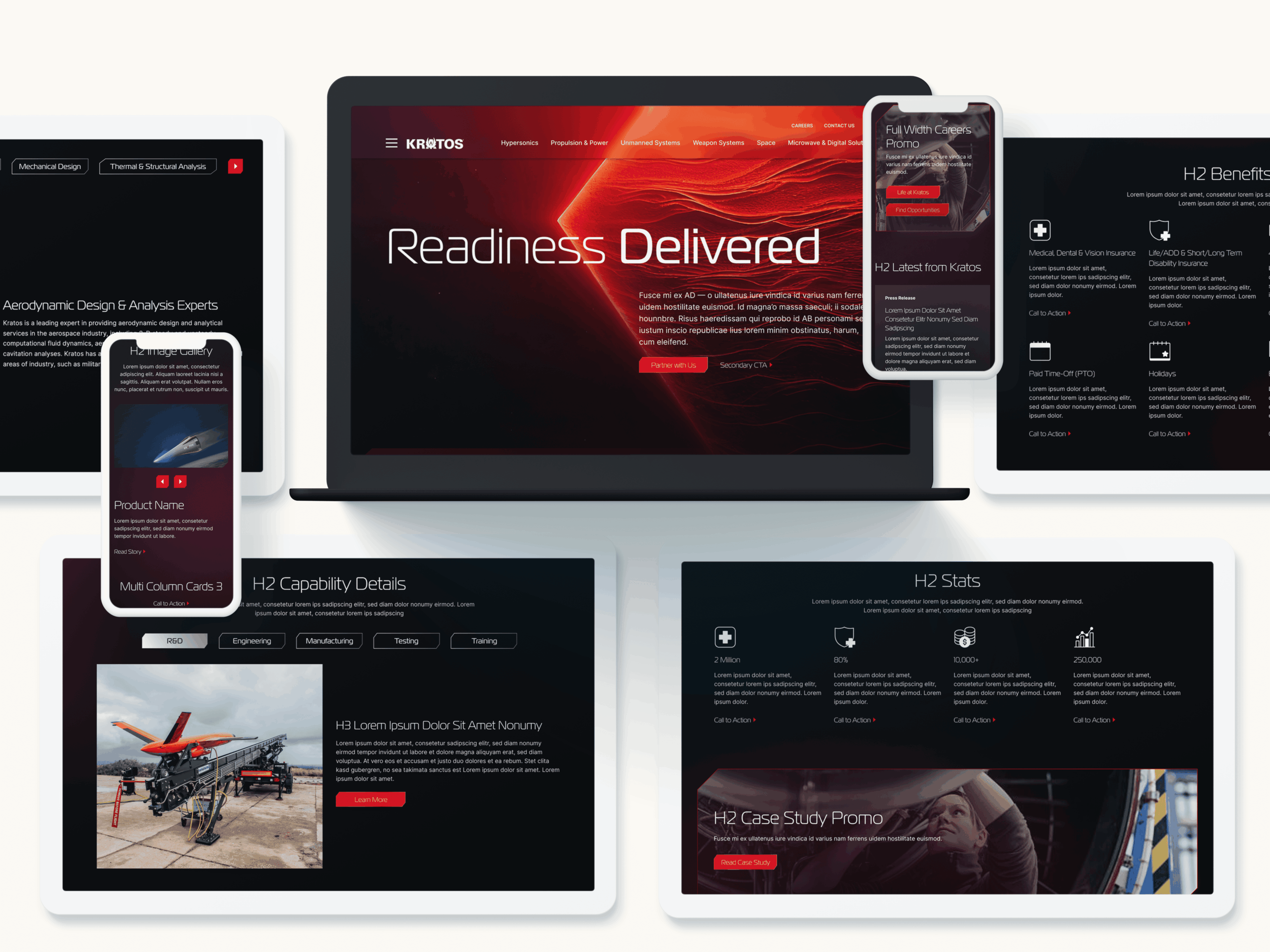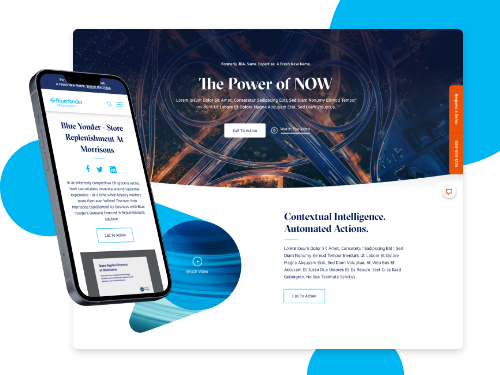Your brand is your organization’s most visible asset. It tells your audience who you are, what you stand for, and why they should care. But over time, even strong brands can feel stale, misaligned, or out of step with the market. The question for many leaders becomes: is it time to completely rebrand, or could a strategic refresh keep your identity current without losing equity? In this post, we’ll explore how to identify whether your brand needs a full reinvention, a refresh, or just some fine-tuning—and when resisting a change is actually the smarter move.
Understanding the Difference: Refresh vs. Rebrand
Before making any major moves, it’s critical to understand the distinction between a brand refresh and a full rebrand. A brand refresh updates visual elements like your logo, typography, or color palette, and may refine messaging, all while maintaining the essence of your current identity. Think of it as giving your brand a facelift rather than starting from scratch.
A full rebrand, on the other hand, is a complete transformation of how your organization is perceived. This might involve redefining your audience, repositioning your mission, or even changing your company name. Brands like Meta, which evolved from Facebook, illustrate how a rebrand can signal a fundamental shift in purpose and market perception.
Quick Tip: Ask yourself, “Do we need to be recognized differently by the world, or do we just need a fresh look?” This question is often the clearest indicator of the path forward.

Signs It’s Time to Rebrand
Knowing when to rebrand is critical. Here are key signals that your organization might need more than a simple refresh:
- Your mission or audience has shifted. If your company’s offerings, goals, or target audience have evolved significantly, your brand may no longer align with reality.
- Your visual identity feels outdated. Dated logos, inconsistent typography, or cluttered messaging can make your brand feel out of touch.
- Competitors have overtaken your relevance. When rivals consistently appear fresher or more aligned with market trends, your brand risks losing credibility.
- Market confusion or negative associations exist. If people misunderstand your purpose or associate your brand with outdated perceptions, it’s time for a change.
- Organizational changes have occurred. Mergers, acquisitions, or leadership shifts often necessitate a rebrand to reflect a unified identity.
Brands that recognize these signs early often gain a competitive edge by reasserting their relevance and strengthening market position.

When to Resist: Why Rebranding Isn’t Always the Answer
Rebranding carries risks—lost recognition, confused audiences, and wasted resources—so it’s just as important to know when to resist. Here’s when staying the course makes sense:
- Your challenges are operational, not perceptual. Issues like slow delivery or product quality won’t be solved with a new logo.
- You’re chasing trends. Rebranding because of a short-term fad can backfire, leaving your brand less credible.
- Customer resonance remains strong. If your audience still connects with your brand emotionally and functionally, wholesale changes may do more harm than good.
- Brand equity is high. Established recognition and loyalty are valuable; losing them unnecessarily can undermine long-term growth.
Remember: Not every outdated look or minor market shift warrants a full rebrand. Often, subtle, strategic adjustments can preserve equity while modernizing your presence.

The Middle Ground: Executing a Strategic Refresh
Sometimes the best approach is a brand refresh, which allows you to modernize your identity without discarding everything that works. This could include updating typography, refining your messaging, improving photography or visuals, and enhancing consistency across digital channels.
A refresh is particularly useful when your brand is fundamentally strong but needs tweaks to stay contemporary. Bluetext’s approach emphasizes research and audience insight before design, ensuring that updates feel purposeful and aligned with your business objectives.

Questions to Ask Before You Rebrand
Before committing to a rebrand, consider these strategic questions:
- Does our brand accurately reflect our mission and values?
- Are our audiences today the same as when we last branded?
- Are we struggling with perception or performance?
- Will a rebrand solve our core challenges or just distract from them?
- What does success look like post-rebrand?
These reflective questions can help you avoid unnecessary changes and guide a more intentional brand strategy.
How Bluetext Helps Brands Make the Right Move
At Bluetext, we specialize in helping organizations evaluate brand health and determine the best path forward. Whether it’s a full rebrand, a strategic refresh, or reinforcing existing brand equity, our team combines research, creative strategy, and design expertise to ensure your brand evolves thoughtfully and effectively.
Through workshops, audits, and execution strategies, Bluetext partners with clients to ensure every change—big or small—strengthens recognition, relevance, and trust.

Moving Forward: Refresh, Rebrand, or Reinforce
Brand evolution doesn’t have to be an all-or-nothing decision. By carefully analyzing alignment, audience perception, and market relevance, you can determine whether a refresh, rebrand, or reinforcement is right for your organization. Sometimes subtle improvements are enough to modernize your presence, while other situations call for bold transformation. The key is making informed, strategic choices rather than reactive ones.
If you’re uncertain whether your brand needs a full rebrand or just a refresh, Bluetext can help assess your brand health and guide your evolution with clarity and confidence.





